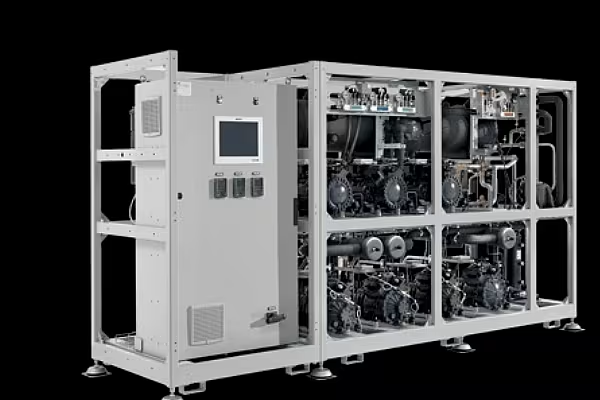Cost of living remains the UK's top concern for 2025, driving changes in spending habits according to Circana's 'State of the Nation 2025' report.
With the UK's population nearing 70 million, 36% of shoppers continue to cut back on groceries, while 48% shop around to make savings.
Circana, the leading advisor on the complexity of consumer behaviour, has called on FMCG retailers and manufacturers to embrace smarter pricing strategies and more efficient marketing mix investment to safeguard profitability.
Challenging Year
Alex Lawrence, Senior Strategic Insight Director at Circana, commented, "2025 is shaping up to be another challenging year for the FMCG sector, but for manufacturers that invest efficiently, solid growth is achievable.
"With health-conscious trends on the rise, smarter promotions, and better use of retail channels, there are also opportunities to accelerate growth.
"Those manufacturers that are best equipped to understand and respond to the changing market climate, will be the winners in 2025.”
Cautious Optimism
The research outlines the key trends shaping the future of FMCG, from shifting retail dynamics to changing consumer preferences, offering actionable strategies for growth.
Consumer spending is gradually increasing as cost-of-living pressures ease, with a modest 1% growth forecast for the food and drink market in 2024, according to Circana.
While shoppers are cutting back less on non-essentials, out-of-home consumption remains sluggish, reflecting cautious optimism.
However, rising business costs pose significant challenges for 2025.
Competitive Advantage
New regulations, including the £3 billion (€3.64 billion) extended producer responsibility (EPR) scheme, a national minimum wage hike and changes to working practices, all fall on top of the enormous £23.7 billion (€28.7 billion) hike in employer national insurance contributions.
The major multiple grocers continue to leverage their buying power to stay ahead.
Grocery supermarket stores saw a 2.7% year-on-year average unit price increase and convenience stores a 2.8% increase across a consistent basket of goods whereas symbols and independent store prices increased by 3.9% across the same basket of goods.
The major grocer retailers are set to further strengthen their competitive advantage in 2025 in a climate where shoppers continue to look for savings, shoppers will gravitate to major multiple grocer private label, loyalty card pricing, points and price matching offers.
Circana’s research shows that 46% of consumers are willing to pay a 25% premium for convenience, and 6% will pay 37.5% more for ultra-convenient online delivery, underlining the margin opportunity for retailers in the channel, but for manufacturers volume shifting to the major multiple grocers erodes margin at a time when business costs are increasing.














